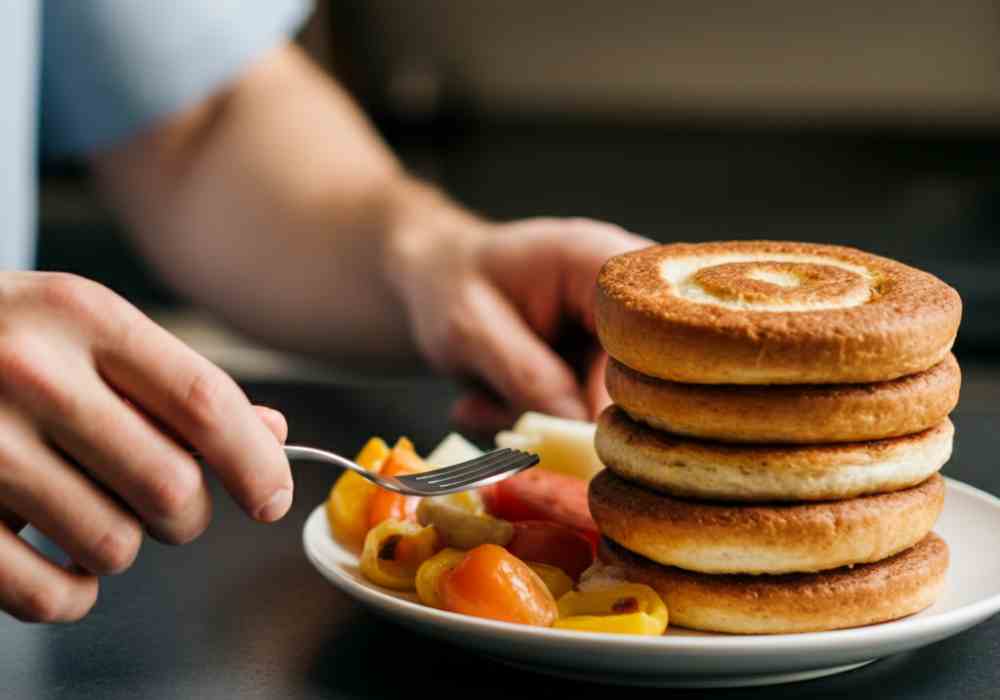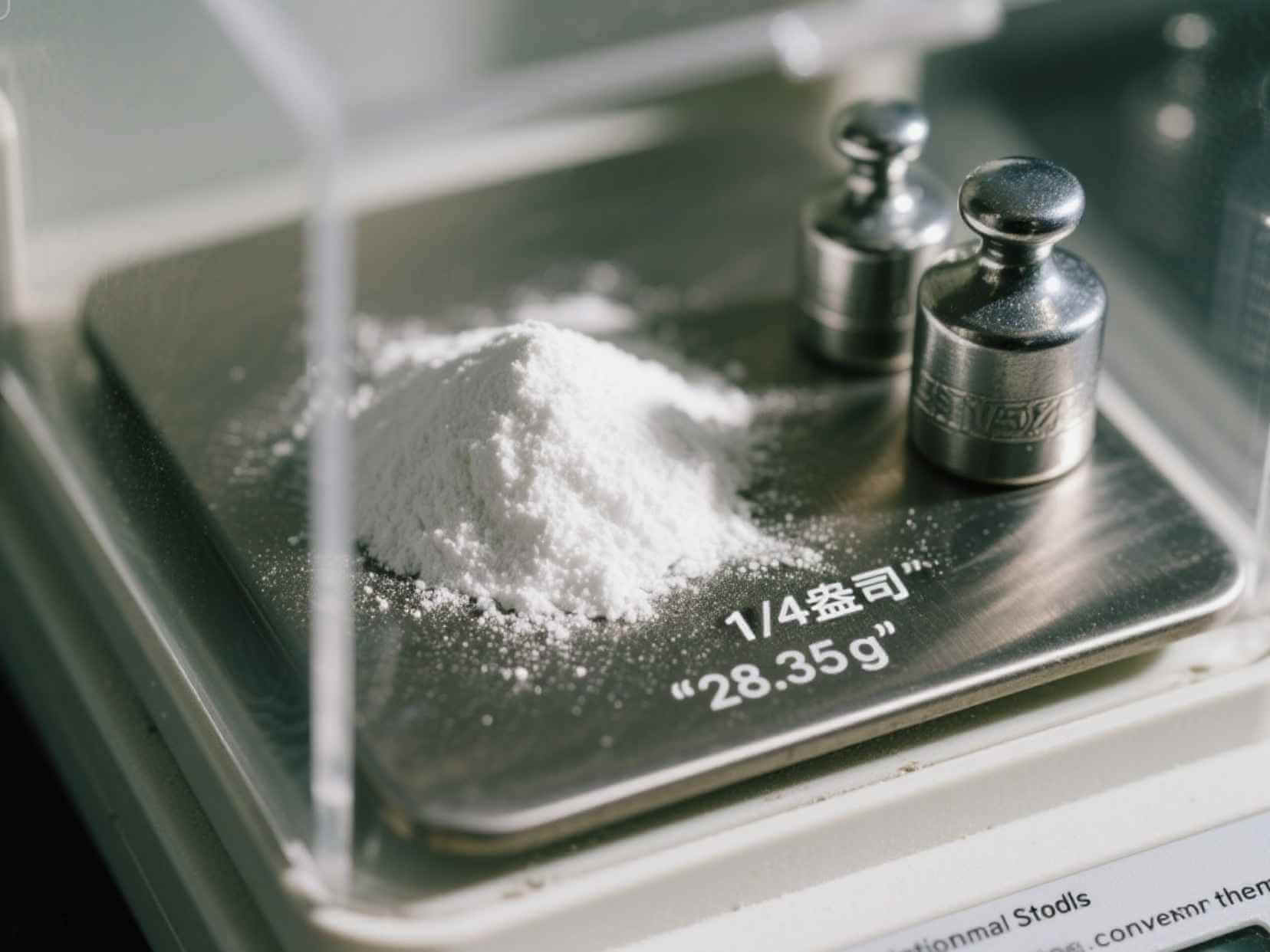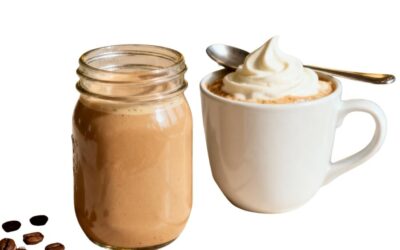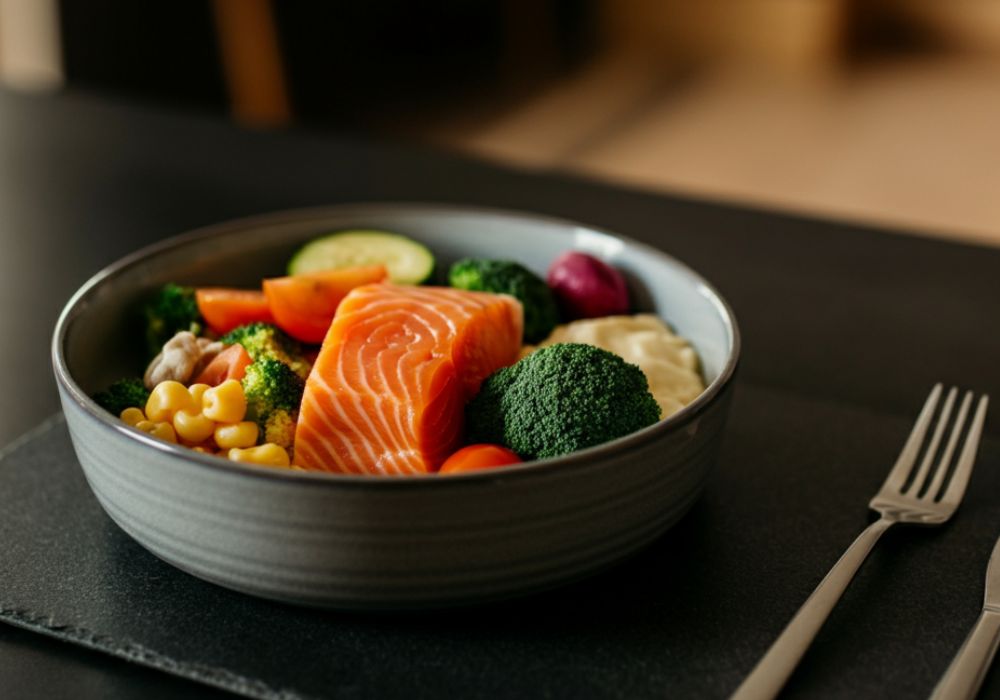Many metrics come into play when assessing diet quality and how well someone adheres to a nutrition plan. But have you considered the significance of the percentage of food eaten versus what was served? This is one of the simplest yet most powerful indicators of food behavior, offering insights into habits, nutritional balance, and overall well-being. Suppose you’re a dietitian, a health-conscious eater, or someone keen on improving your nutrition knowledge. In that case, this post will guide you through why evaluating the percentage of food eaten matters so much. By the end, you’ll understand its importance, how to track it effectively, and what insights it offers.
What Does the Percentage of Food Eaten Even Mean?
The concept is simple but incredibly telling. The percentage of food eaten refers to the proportion consumed from what’s served. For example, if you serve yourself a plate weighing 500 grams but only eat 350 grams, your consumption rate is 70%.
Whether you’re a nutrition enthusiast tracking your meals or a dietitian monitoring adherence, this metric can reveal a lot about portion sizes, eating habits, and progress toward dietary goals. But how does this number stack up as a valuable tool in nutrition, and why is it vital to track?
How Does the Percentage of Food Eat Help?

Tracks Adherence to Nutrition Plans
For those on specific meal plans, such as weight loss, muscle gain, or therapeutic diets, tracking the percentage of food eaten directly measures how closely individuals follow their planned portions.
For example:
. If someone consistently eats only half of the recommended portion sizes, they may not consume enough nutrients, potentially affecting their progress.
. Conversely, eating over 100% (e.g., consistently finishing the plate and going back for more) could indicate trouble with portion control, leading to overconsumption. By focusing on this rate, dietitians can identify patterns in consistency and adjust meat plans to suit better their clients’ preferences, habits, and needs.
Supports Better Portion Control
How often do you serve food that goes uneaten? Analyzing serving yourself may indicate that you’re overeating portion sizes. Adjusting amounts served can solve food waste and money and help you stick more comfortably to your save food waste and money and help you stick more comfortably to your nutritional goals.
Pro Tip: Using smaller plates is a psychological hack proven to help control portion sizes. Research shows that it reduces overeating without making you feel deprived!
Promotes Mindfulness in Eating
Mindful eating is more than a buzzword- it’s a pathway to greater food awareness. Assessing how much of a meal you eat (and leave behind ) can reveal much about your eating habits.
Common indicators include:
. Distraction: Eating while multitasking often leads to plate leftovers, as it disconnects you from hunger and satiety cues.
. Portion Preferences: Regularly leaving certain foods untouched (like the vegetables)
could hint at a need to rework the balance of your meals.
Tracking the percentage eaten brings your attention to these habits, making it easier to tweak them.
Why Is It Better Than Calorie Tracking Alone?
You may wonder, “Why not just track calories?” While calorie tracking has its place, using the eaten percentage offers benefits beyond sheer numbers.
Practical Simplicity
Counting food eaten as a percentage is intuitive-you don’t need apps, weighing scales, or logbooks. This is crucial for people who find complex tracking tedious and unsustainable.
Focuses on Behavior
Calorie counting primarily evaluates “what” is eaten. On the other hand, tracking percentages hones in on “how” food is consumed, offering insight into behavioral patterns like portioning, food preferences, and appetite regulation.
Flexible for Groups
For health professionals working with groups of hospital patients, athletes, or workplace wellness programs, the percentage metric allows for easy, high-level assessment of eating habits without overwhelming participants with calorie data.
How to Start Tracking and Using Food Percentages
How do you implement this metric into your routine or practice? Start with these simple steps.
Step 1: Know What You Serve
Before eating, note the approximate amount of food you’re serving on your plate (weight in grams or visuals like bowl portions). Use portion details already provided if you use prepared meal kits or recipes.
Step 2: Track What’s Left Behind
Once you’re done eating, measure or estimate the leftover food. This could be as simple as eyeballing what’s on your plate or, for more precision, weighing the remains.
Step 3: Calculate the Percentage
Use this simple formula for a quick calculation:
(Amount Eaten-Amount Served)x 100-Percentage of Food Eaten)
For example, if you served 400 grams of food and ate 300 grams, your percentage would be:
( 300-400)x 100-75%)
Step 4: Look for Patterns Over Time
A day may not reveal much, but tracking over weeks can highlight trends. Are you consistently eating less than 80% of the food on your plate? Are certain meals or times of day (e.g., breakfast) showing higher or lower eating percentages? These insights can guide meal planning and adjustments.
Real-Life Applications
For Nutrition Enthusiasts and Health-Conscious Eaters
Measuring food as a percentage fosters awareness of what you’re eating, helping you stay mindful and intuitive while reducing food waste.
Imagine finishing only 50% of your salad at lunch. That’s not just a learning opportunity for tomorrow- it’s a signal to rethink proportions, whether dressing differently or opting for a smaller serving size.
For Dietitians
For health professionals, percentage-tracking offers a straightforward way to help patients adopt healthy habits. It creates an open conversation about serving sizes, adherence, and preferences- all essential for long-term success.
For Businesses & Istituions
From schools to hospitals, tracking the percentage of food eaten helps combat issues like food waste while ensuring balanced nutrition. Imagine a hospital where meals are routinely under-consumed. Adjustments based on this data can eliminate waste and improve patients’s dietary intake.
Frequently Asked Questions
1. Why is tracking food consumption important?
Tracking food consumption provides valuable insights into eating habits, dietary adherence, and overall nutrition. It helps individuals and institutions make informed decisions to optimize health outcomes and reduce waste effectively.
2. How does food consumption tracking work?
Food consumption tracking typically involves monitoring the percentage of food eaten during a meal. This can be done manually or with the help of digital tools and apps that calculate and record intake based on portion sizes to identify patterns and areas for improvement.
3. Who benefits from tracking food intake?
A wide range of people and organizations benefit from tracking food intake. For individuals, it supports personal health goals and fosters mindful eating. For businesses, schools, and healthcare institutions, it ensures better meal planning, balanced nutrition, and waste reduction.
4. Can tracking help with special dietary needs?
Absolutely. For individuals with specific dietary requirements, such as those managing diabetes, high blood pressure, or allergies, tracking ensures they stay compliant with their recommended nutrition plans while avoiding foods that may trigger issues.
5. How can institutions implement tracking systems?
Institutions can adopt tracking systems by integrating technology such as food tracking software, using trained personnel to evaluate consumption, or providing tools for self-monitoring. Additionally, analyzing data regularly helps refine processes and achieve better outcomes.
A Simple Habit for Better Nutrition
The percentage of food eaten is more than just a number; it’s a doorway to better eating habits, improved portion control, and more innovative nutrition planning. Whether you are looking for a way to enhance your health, assist a client, or reduce waste at scale, this straightforward metric can unlock valuable insight.
Start with your next meal. Serve your plate, stock what’s left over, and calculate your percentage. You’ll discover that even simple habits can drive enormous progress. Are you looking to explore more techniques for mindfulness? Eating? Check out our guide on building balanced meals that nourish your body and your portions right!
Conclusion
Small, intentional changes can significantly improve your overall health and well-being. By incorporating mindful habits like monitoring your food percentages or building balanced meals, you can take control of your nutrition in an empowering and sustainable way. Remember, every step forward—no matter how small—brings you closer to your goals. Start today, and you’ll be amazed at the progress you can make with consistent, deliberate effort.



















